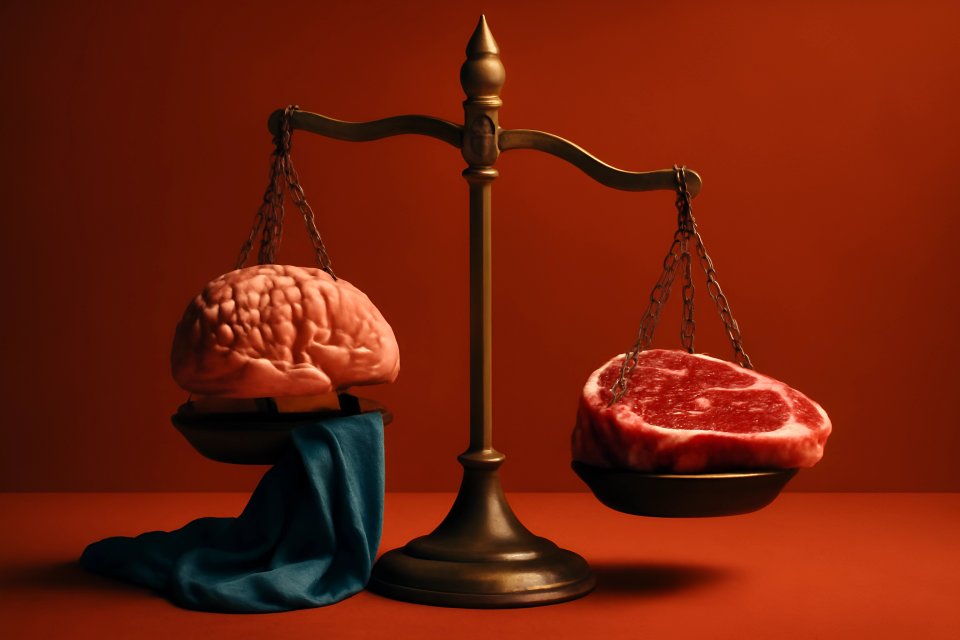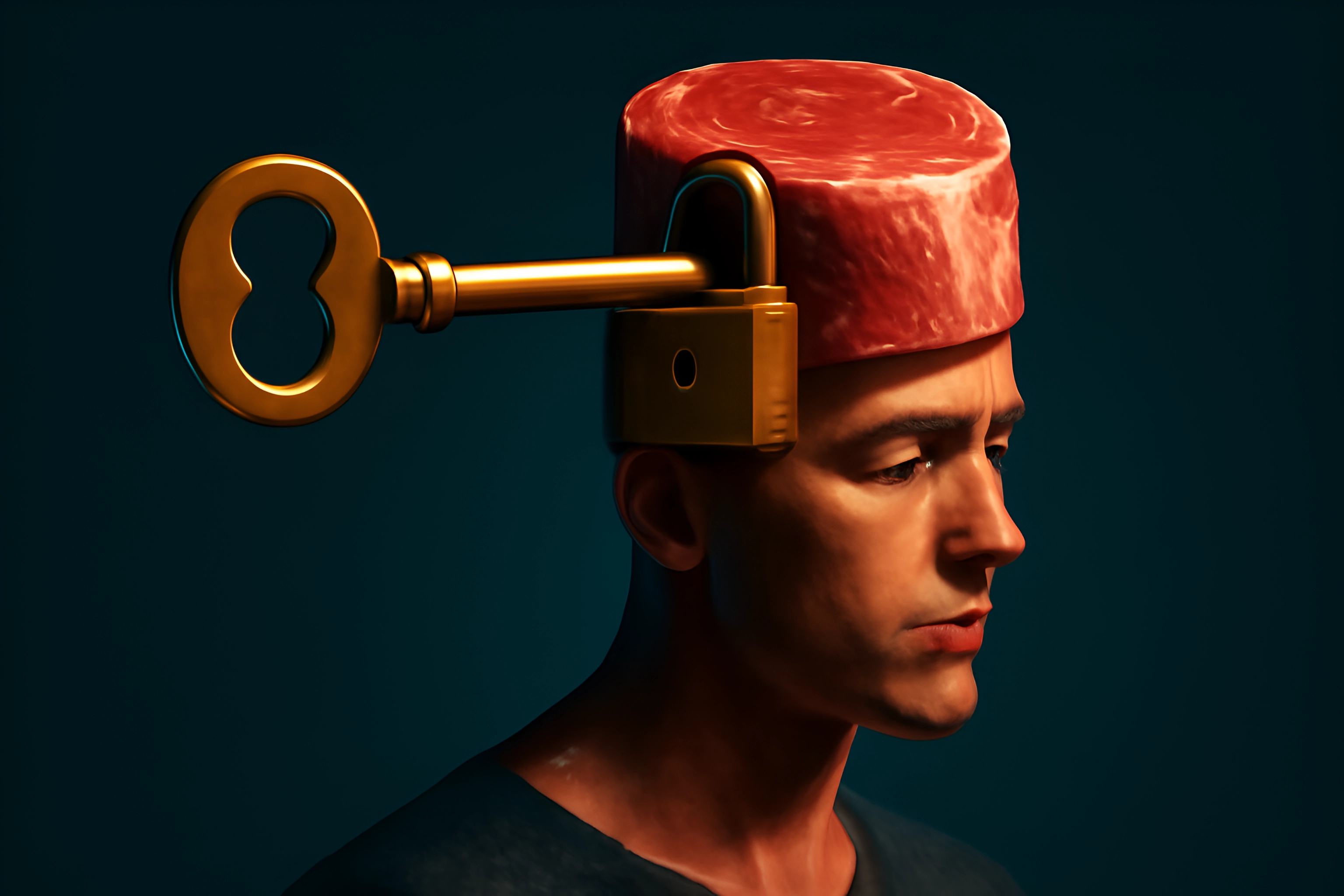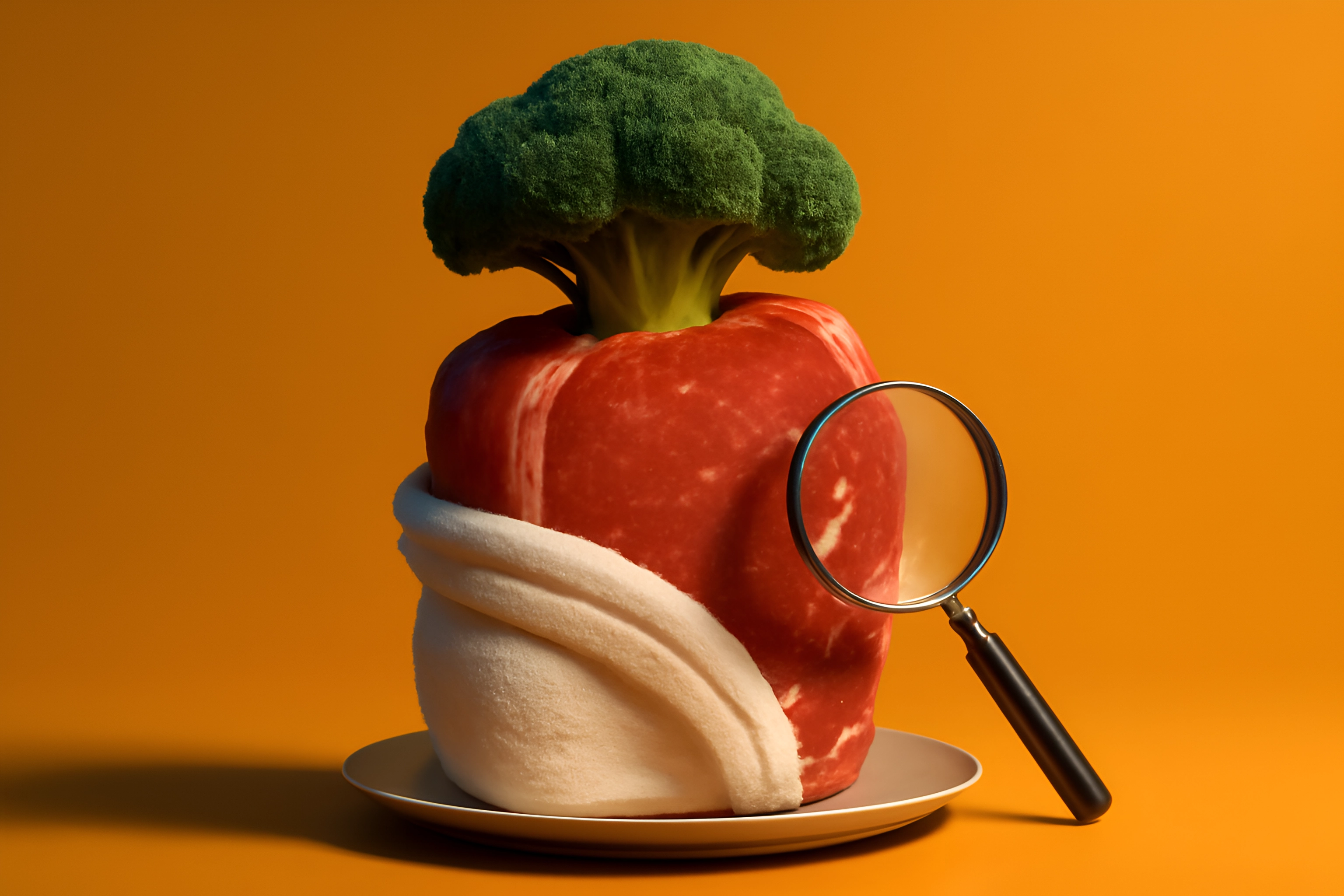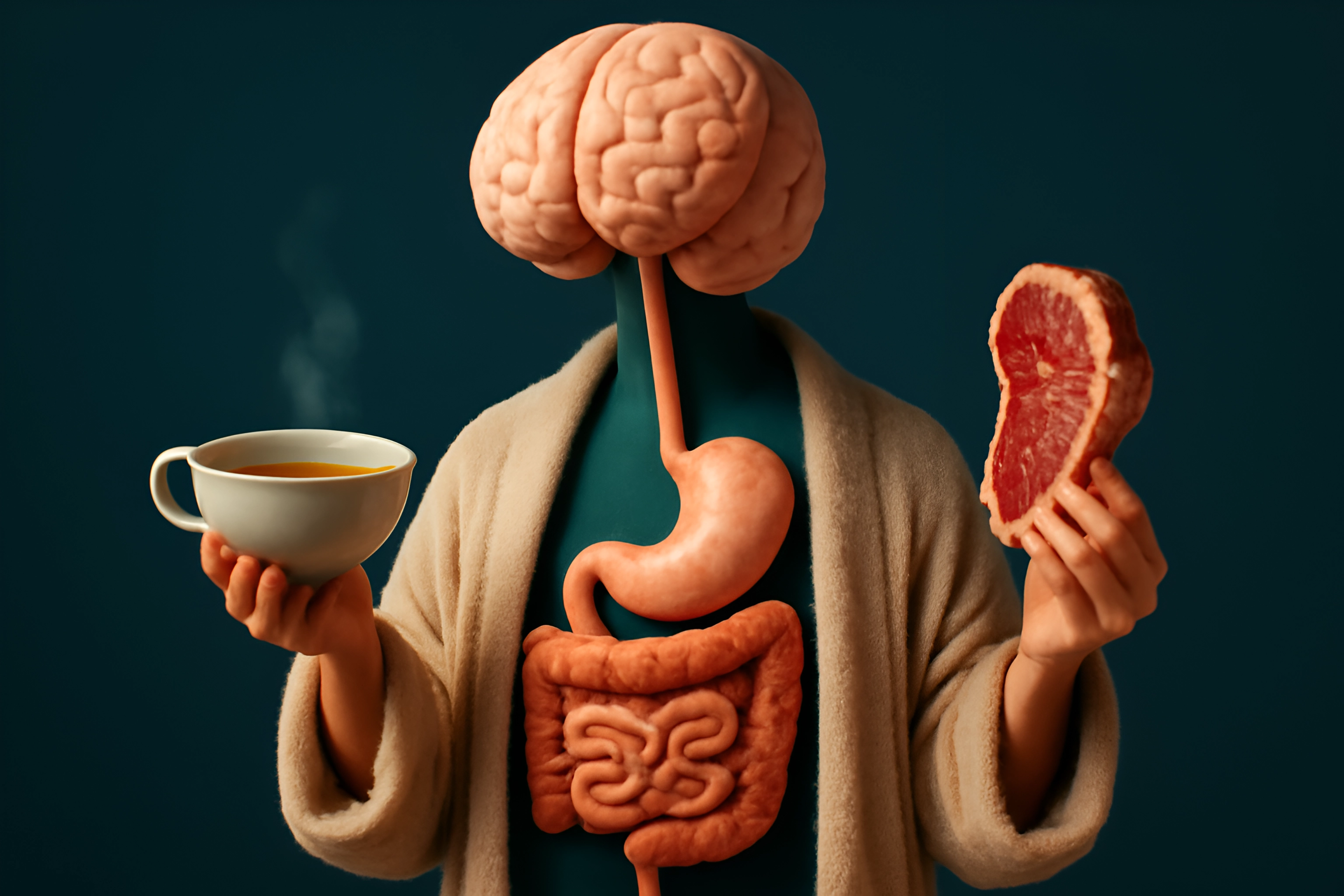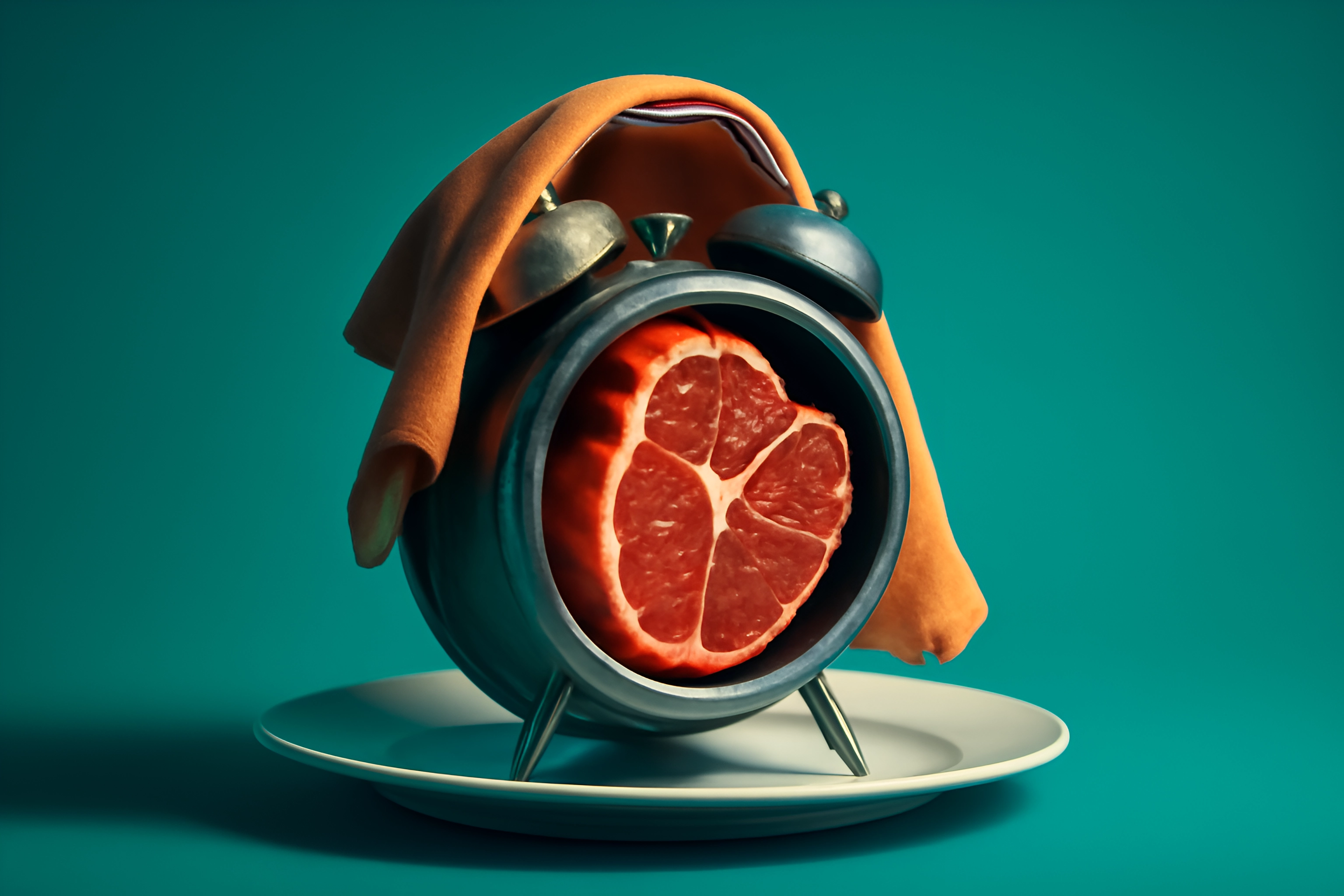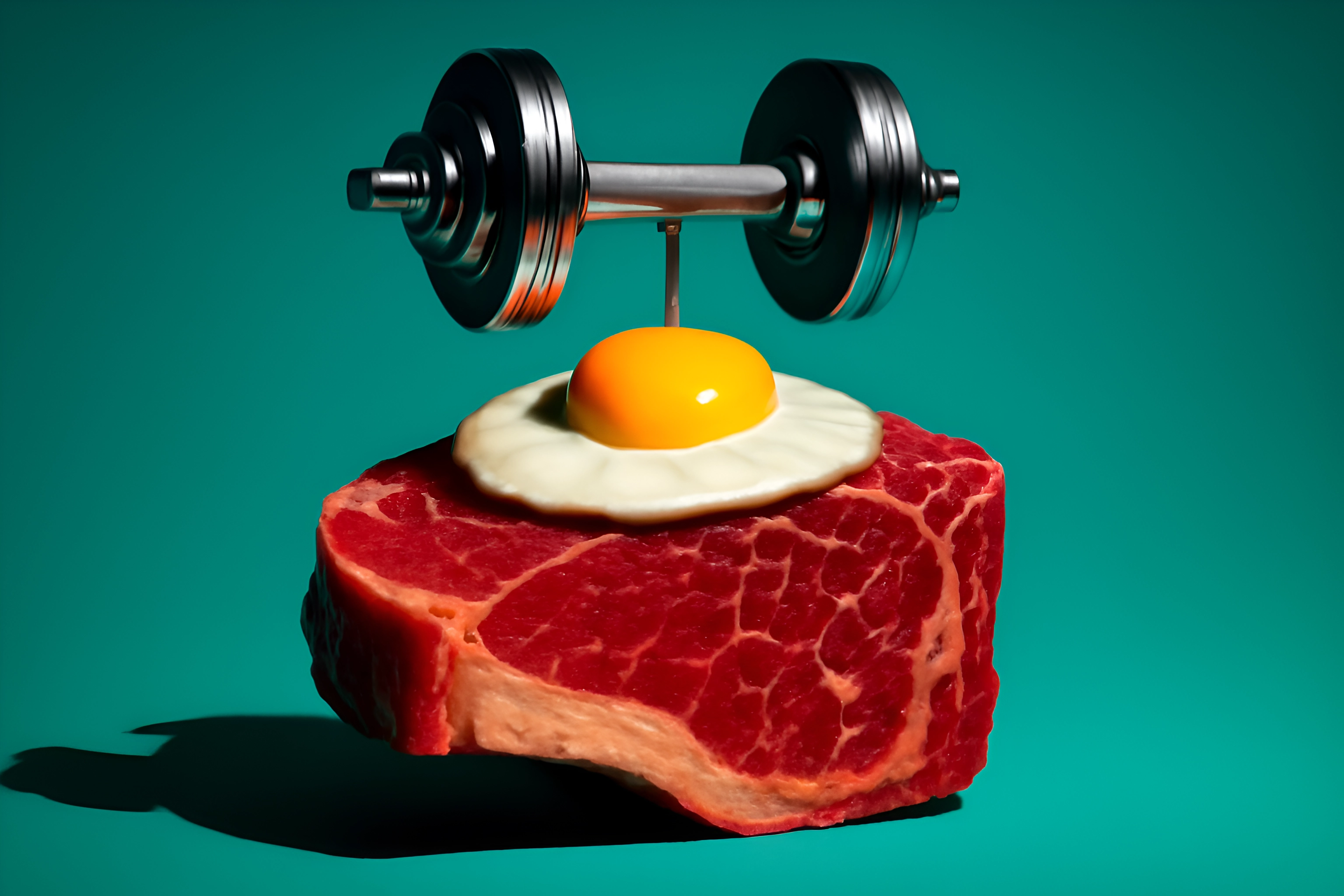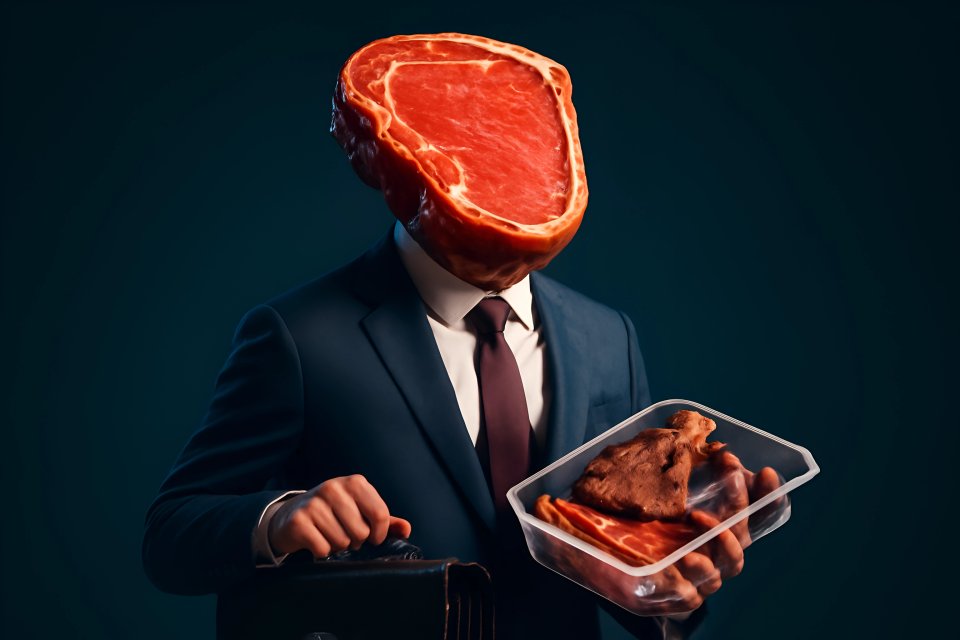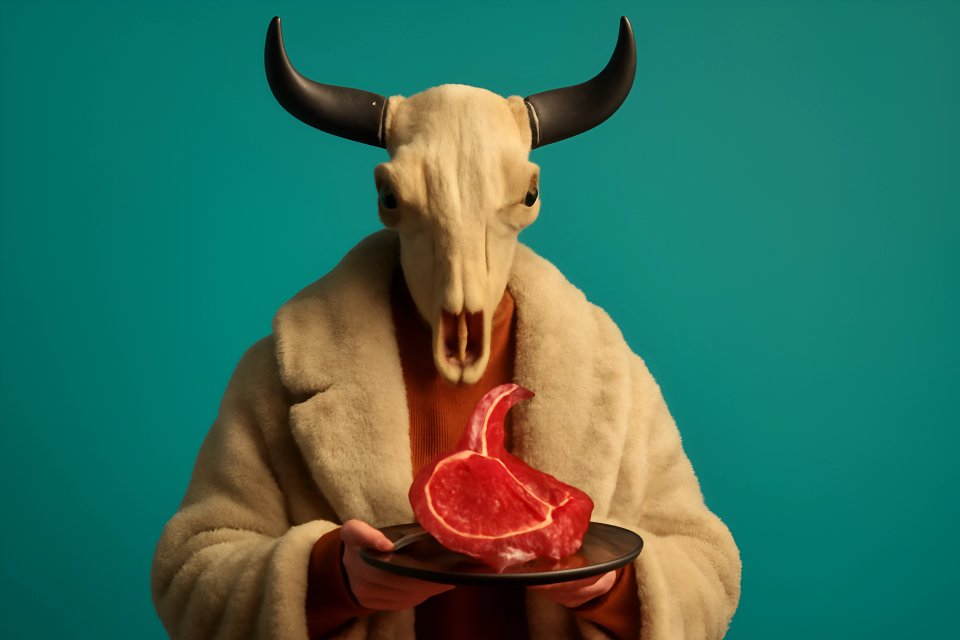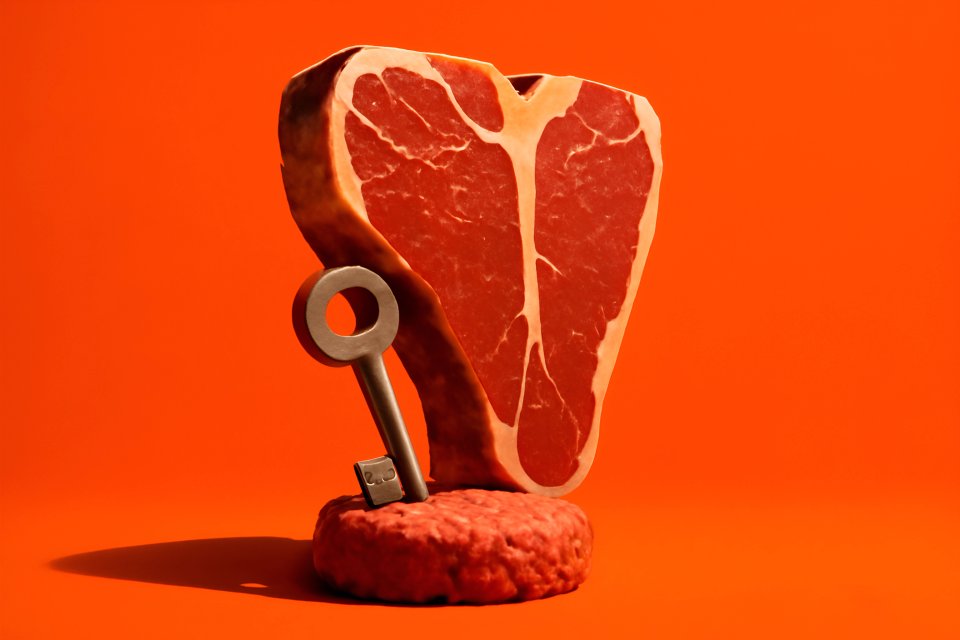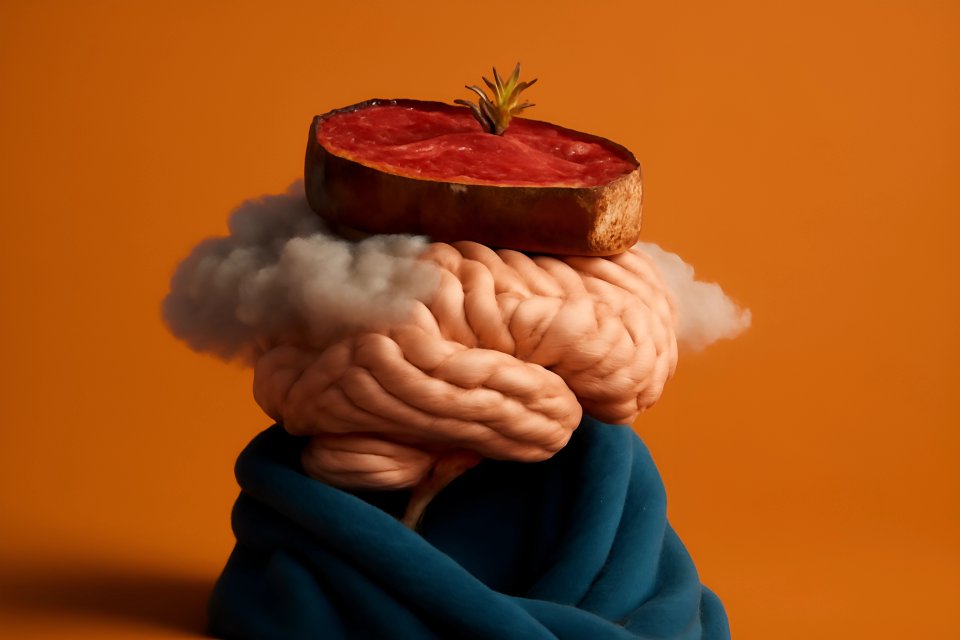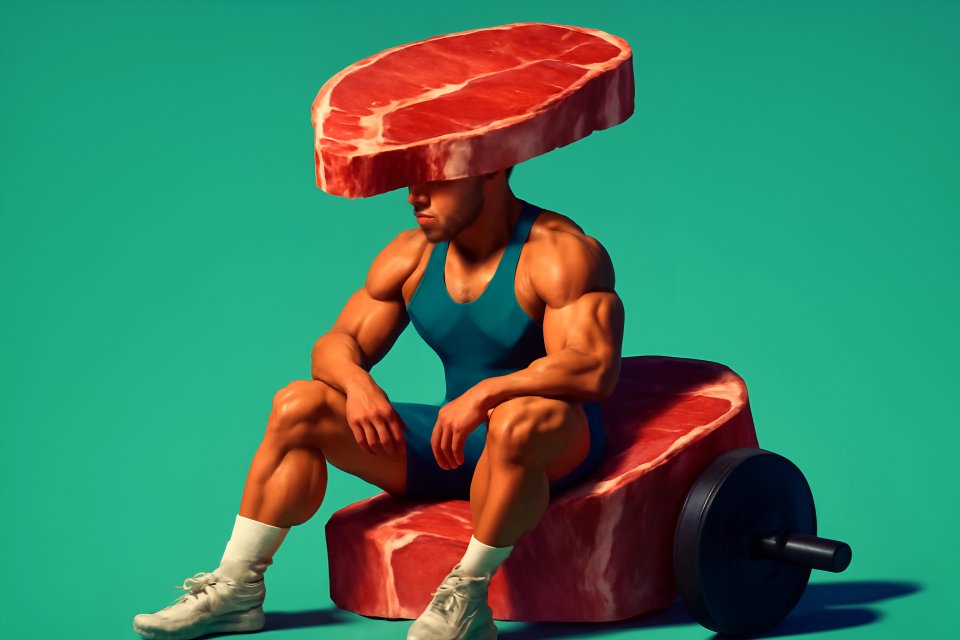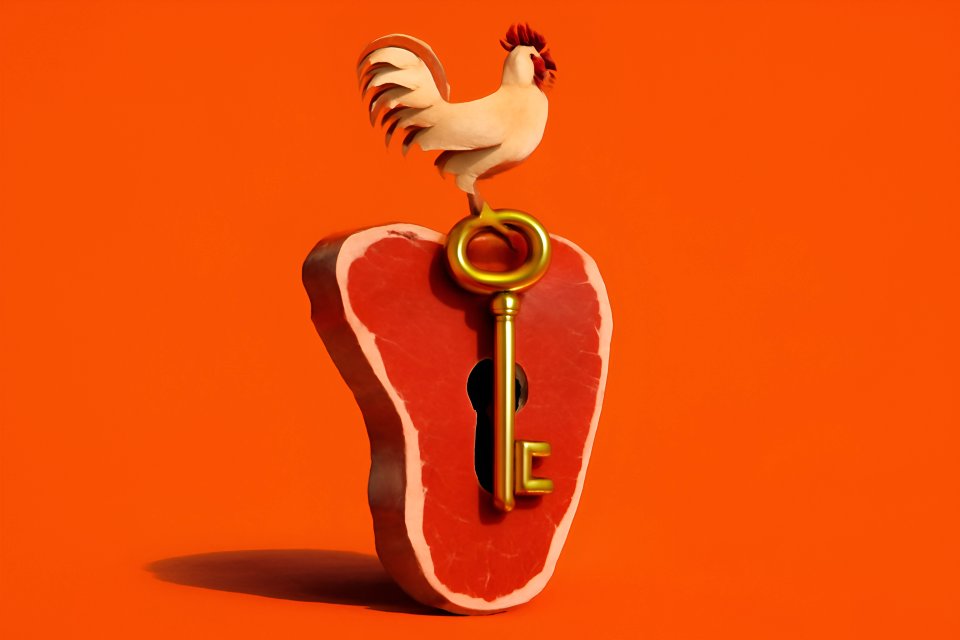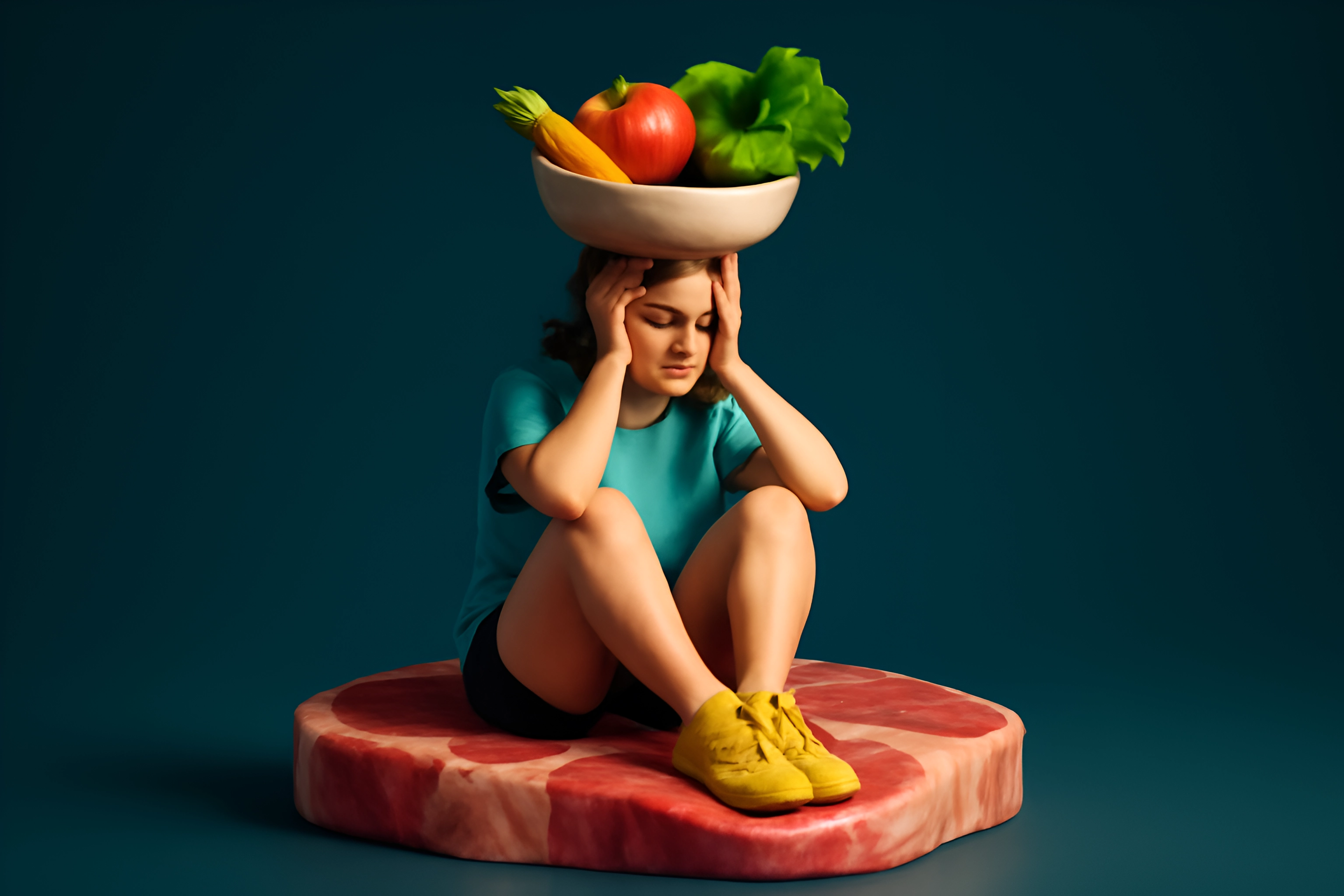
Introduction: Your Journey to Healing Starts Here (Don't Let the Bumps Scare You)
You made a decision. A powerful, defiant choice to stop listening to the noise and start listening to your body. Choosing the carnivore diet isn't just about changing what's on your plate; it's about reclaiming your health, your energy, and your life from the ground up. But let's be honest—the first few steps on this path can feel less like a triumphant march and more like a stumble in the dark.
The internet is a minefield of horror stories and conflicting advice. One article screams about nutrient deficiencies while another promises instant miracles, leaving you stranded in a sea of confusion. This fear and uncertainty can be the single biggest obstacle that stands between you and the profound healing you're seeking.
Forget the noise. This guide is your roadmap, your trusted companion through the initial turbulence. We're going to cut through the nonsense and give you a clear, actionable plan to navigate every common challenge. You have the courage to start; this guide will give you the confidence to succeed.
The Adaptation Phase: Why You Might Feel Worse Before You Feel Better
Let's get one thing straight: if you feel a little rough for the first week or two, it doesn't mean you've made a mistake. It means your body is finally starting to heal. For years, your system has been running on a steady drip of glucose from carbohydrates and sugar. Now, you've cut off that supply and are teaching it to burn a cleaner, more powerful fuel: fat.
This metabolic switch is a monumental undertaking for your body. It's like asking a gasoline-powered car to suddenly run on high-octane jet fuel—the engine needs a complete overhaul. This adaptation phase, often called the "keto flu" or "carnivore flu," is a normal, temporary, and necessary part of the process.
Expect this transition to last anywhere from a few days to a few weeks. Your job isn't to fight it, but to support your body with the right tools. Patience is your greatest asset right now, because on the other side of this adjustment lies the clarity, energy, and vitality you've been searching for.
Common Carnivore Diet Side Effects (and Your Practical Toolkit to Fix Them)
This is where the rubber meets the road. Instead of fearing these symptoms, see them as signals from your body. Here’s how to read those signals and respond effectively.
Challenge #1: The "Carnivore Flu" (Fatigue, Headaches, Irritability)
That foggy-headed, achy, and irritable feeling isn't your imagination. It's the most common hurdle beginners face, and it's almost entirely about electrolytes. As you cut carbs, your body sheds a significant amount of water, and crucial minerals like sodium, potassium, and magnesium go right along with it.
The solution is surprisingly simple. Salt is your new best friend. Add a high-quality, unrefined salt like Redmond Real Salt to your water and sprinkle it liberally on every piece of meat. According to a study of over 2,000 carnivore diet followers, many report high satisfaction and few adverse effects once they learn to manage these initial symptoms.
Your toolkit is straightforward: stay hydrated with salted water, sip on mineral-rich bone broth throughout the day, and don't be afraid of salt. For a deeper dive into this crucial topic, explore our guide on maximizing electrolyte balance on a carnivore diet. If symptoms persist, a clean, sugar-free electrolyte supplement can provide extra support.
Challenge #2: Digestive Upheaval (Diarrhea or Constipation)
Nothing sends a beginner running back to their old diet faster than digestive distress. Your gut is undergoing a massive renovation. The old tenants (sugar-loving bacteria) are being evicted, and your body is recalibrating its machinery, like bile production, to handle a higher-fat diet.
If you're experiencing diarrhea, the most common culprit is too much rendered fat, too soon. Your body isn't ready for it yet. The fix is to temporarily reduce the rendered fat. Stick to leaner cuts of meat like sirloin or flank steak, and avoid pouring tallow or bacon grease over your food for now. Also, stop drinking water with your meals, as this can dilute the stomach acid needed for proper digestion.
Conversely, constipation is often a sign of not enough fat or dehydration. If you're feeling backed up, the answer is to increase the fat. Add a tablespoon of butter or tallow to your meal and ensure you're getting enough salt and water. Gentle movement, like a daily walk, can also work wonders. For a proactive approach, our customizable carnivore meal plans for gut healing can help you structure your diet for success.
Challenge #3: Low Energy & Fat Adaptation Lag
Feeling like you're moving through molasses? This is the fat adaptation lag. Your cellular machinery—your mitochondria—are literally re-tooling to become efficient fat-burners. This process takes time and energy, which can leave you feeling drained in the short term.
The number one mistake beginners make here is under-eating. Your body needs abundant fuel to power this transition.
Do not restrict calories.
Eat fatty meat until you are comfortably, completely full. Your appetite is your guide; trust it.
Sleep is non-negotiable. Your body does its most critical repair work while you rest, so prioritize 7-9 hours of quality sleep per night. Finally, ease up on the intense workouts for the first 2-4 weeks. Focus on gentle movement like walking to support your body without adding extra stress. To learn how to time your meals for optimal energy, check out our guide on mastering nutrient timing on a carnivore diet.
Challenge #4: Intense Cravings for Carbs and Sugar
The sugar dragon will roar its ugly head. This is part biology, part psychology. Your old gut bacteria are screaming for their favorite food, your hormones are in flux, and years of habit are hard to break.
The most powerful weapon against cravings is a fatty steak. When you are truly satiated on nutrient-dense animal foods, cravings often vanish. If a craving strikes, don't fight it with willpower—fight it with fat and protein.
Identify your trigger points. Do you always crave ice cream at 8 PM while watching TV? Break the habit. Go for a walk, take a bath, or read a book instead. And for emergencies, use the "Bacon Trick": keep pre-cooked bacon in the fridge. A few salty, fatty, crispy strips can crush a sugar craving in minutes.
Challenge #5: Muscle Cramps & Sleep Issues
Waking up in the middle of the night with a charley horse is a classic sign of an electrolyte imbalance. Specifically, this points to a need for more magnesium and potassium. Your body is flushing minerals, and these are often the first to go.
A high-quality magnesium supplement, such as magnesium glycinate, taken before bed can dramatically improve both muscle cramps and sleep quality. As always, ensure your salt intake is adequate, as sodium is critical for overall mineral balance. While supplements can be a great tool, you can also find potassium in carnivore-friendly foods like salmon and beef. For more on this, see our advice on how to incorporate carnivore-friendly supplements for enhanced energy and recovery.
Myth Busters: Separating Carnivore Transition Facts from Fiction
The fear-mongering around this way of eating is intense. Let's dismantle the most common myths you'll encounter during your transition.
Myth: "You'll get scurvy without fruits and vegetables."
This is one of the oldest and most persistent myths. The fact is, fresh meat contains small but sufficient amounts of Vitamin C. More importantly, your body's requirement for Vitamin C plummets on a zero-carb diet because glucose and Vitamin C compete for the same pathways into your cells. Without that competition, your body utilizes the vitamin far more efficiently.
Myth: "You need fiber to have a healthy gut and regular bowel movements."
Experts from institutions like Harvard's School of Public Health often raise concerns about the lack of fiber. However, for many people, fiber is an irritant that causes bloating, gas, and digestive distress. On a carnivore diet, you are giving your gut a much-needed rest from abrasive plant matter. Your bowel movements will become less frequent—perhaps every few days—but they should be easy and regular. This is a new, healthier normal. For a full breakdown, read our post debunking common myths about the carnivore diet and fiber.
Myth: "The side effects mean the diet is bad for you."
This is the most dangerous myth of all. It convinces people to quit right before the breakthrough. Reframe your thinking: these side effects are not signs of sickness. They are signs of healing. Your body is detoxing from years of inflammatory foods, rebalancing hormones, and rewiring its entire energy system. It's a messy, uncomfortable, and absolutely necessary process.
Your First 30 Days: A Quick-Reference Survival Checklist
Keep this simple checklist handy to stay on track during your first month.
- Week 1: Focus relentlessly on hydration and salt. Eat fatty meat until you are full at every meal. Expect the "flu" and be kind to yourself—rest is your priority.
- Week 2: Digestive symptoms may be at their peak. Adjust your rendered fat intake up or down as needed. Your energy might start to feel more stable by the end of the week.
- Weeks 3-4: You should be turning a major corner. Energy levels often begin to rise noticeably, cravings subside, and your digestion finds its new rhythm.
- Listen to Your Body: This is the most important rule of all. Eat when you are hungry. Stop when you are full. Rest when you are tired. Your body has an innate wisdom—it's time to start listening to it again.
Conclusion: The Transition is Temporary, The Transformation is Worth It
The first few weeks of the carnivore diet are a test. They are a challenge that separates those who are merely curious from those who are committed to their own healing. Remember that every single one of these carnivore diet side effects is a temporary sign of adaptation, a short-term investment in a lifetime of health.
Don't let a few bumps in the road scare you away from the destination. You started this journey for a reason—to extinguish inflammation, to gain mental clarity, to build a stronger and more resilient body. The challenges of this transition are the very gateway to achieving those goals. You are stronger than your cravings, more resilient than your fatigue, and fully capable of seeing this through.
What was the biggest challenge you faced when starting? Share your experience in the comments below to help other beginners on their journey!
Ready to build your perfect carnivore meal plan? Check out our post: Customizable Carnivore Meal Plans for Advanced Gut Healing.
